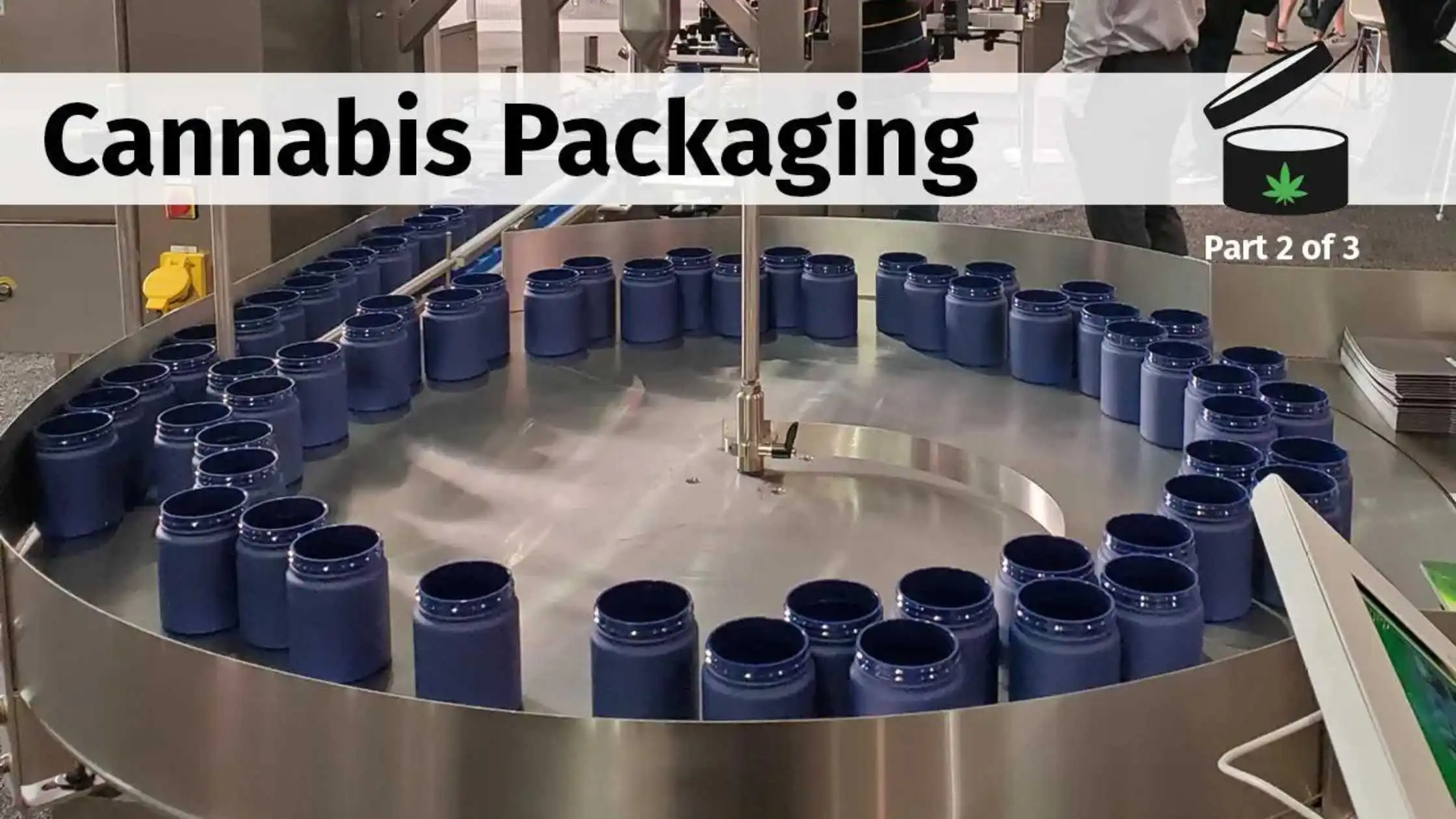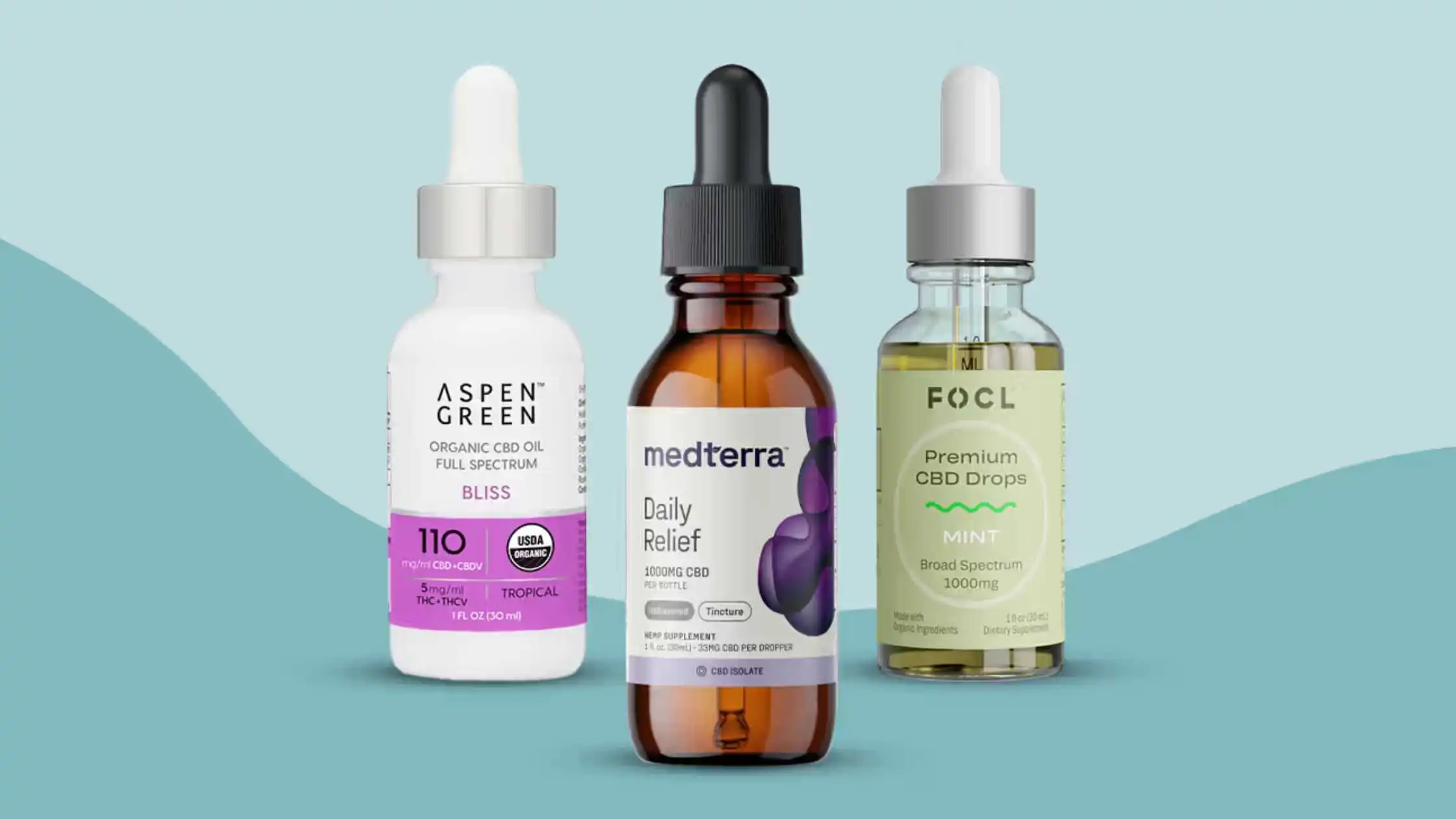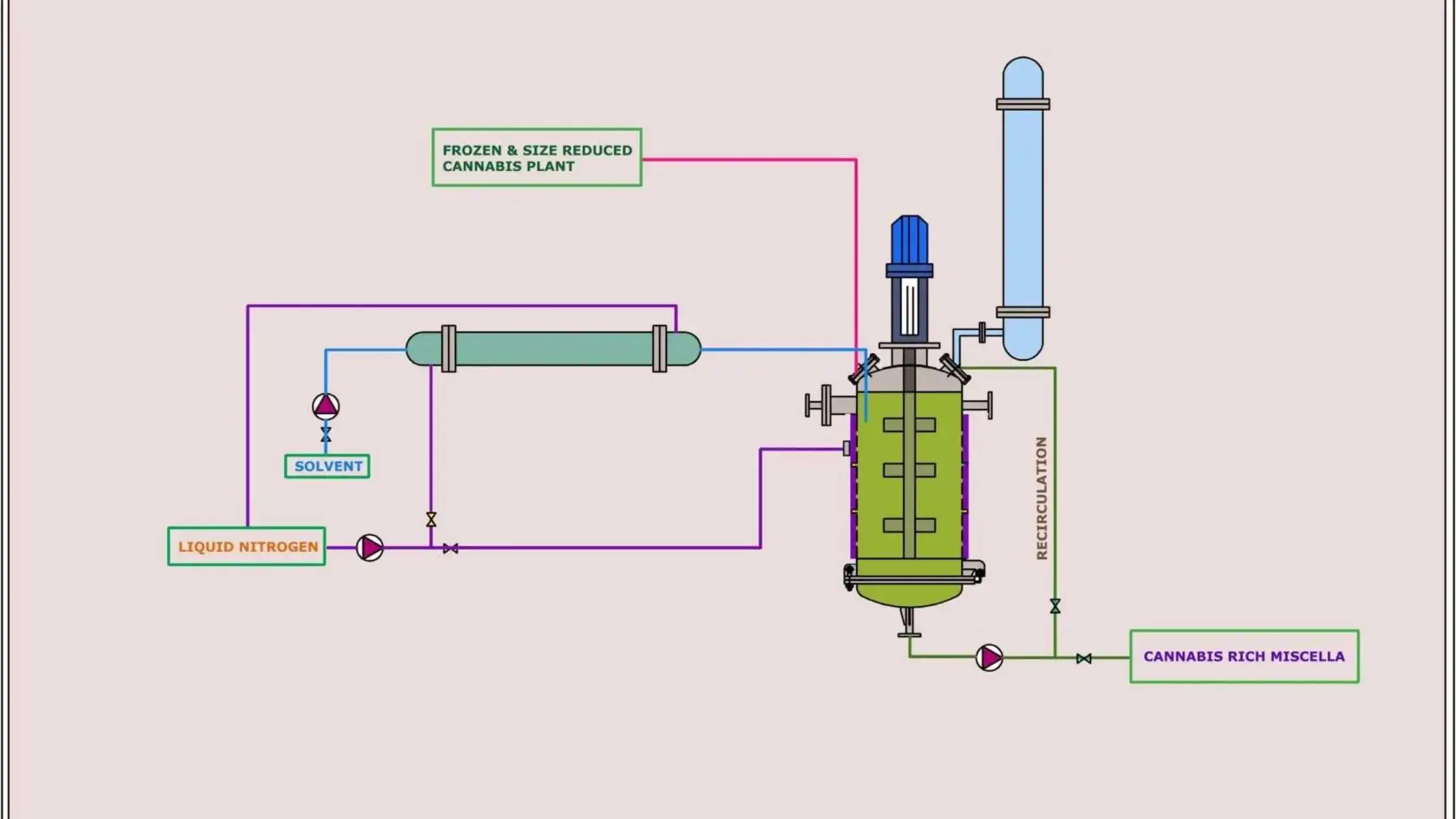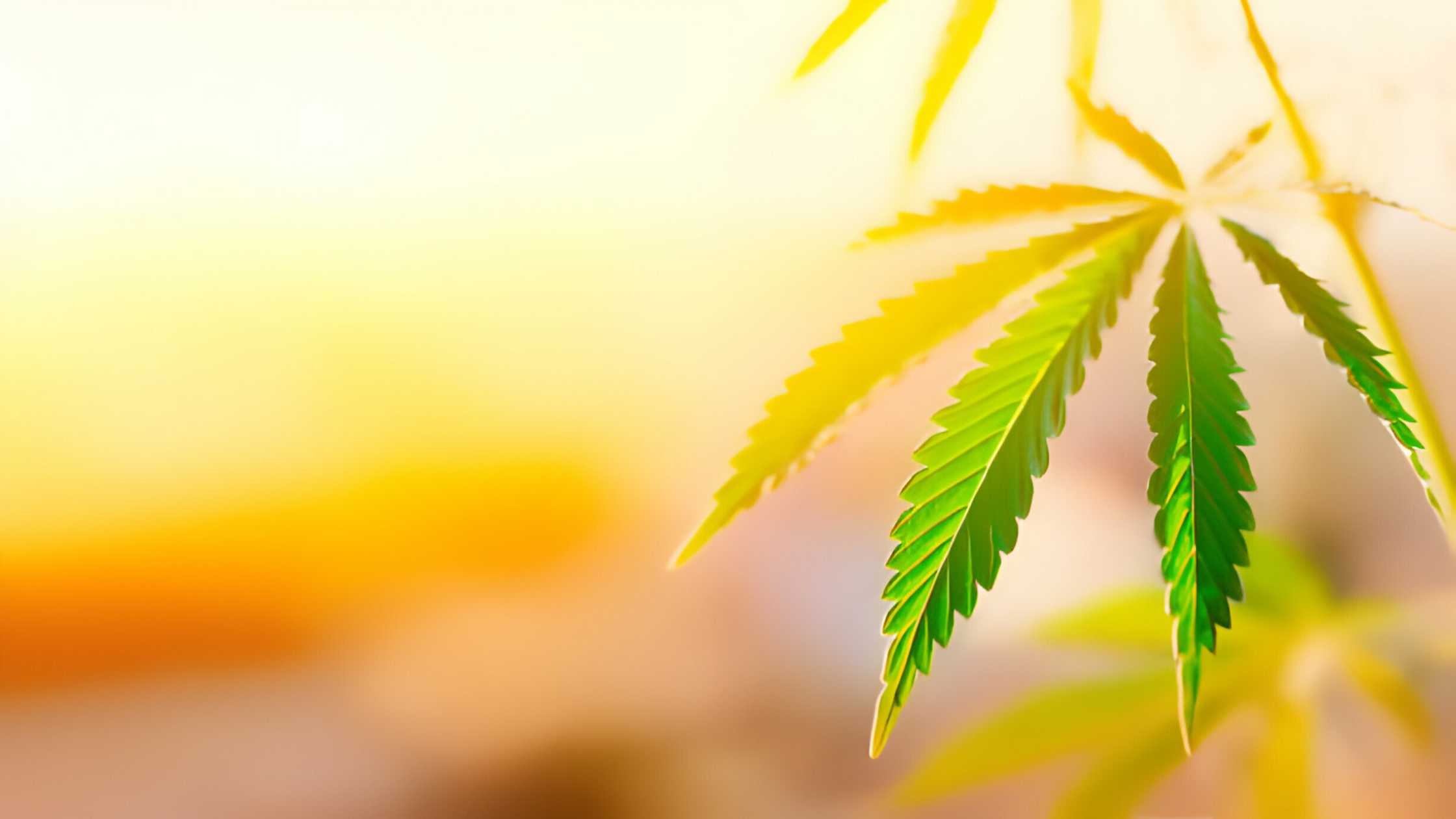Finding the right packaging supplier for a marijuana or hemp business can be rife with pitfalls. Supply-chain issues, long lead times, bad culture fits – the list of potential problems is long.
To sidestep such risks, find suppliers focusing on quality, communication, and transparency, to name a few desirable attributes.
That’s according to executives from several North American cannabis companies who spoke to Hemp Industry Daily about what to look for in a prospective packaging supplier and red flags to avoid.
Their quotes have been edited for length and clarity.
Brooks Allman, founder and head of product, Platinum Brands, Denver
Find a packaging supplier who consistently meets deadlines and provides plenty of forewarning about delays.
Depending on how you source your packaging, it is also essential for both you and the supplier to understand each other’s cultures.
For example, Chinese New Year takes place in February, which can interrupt lead times.
Not knowing how to prepare for orders around that time properly can lead to challenges.
Chris Lane, chief marketing officer, Airfield Supply Co., San Jose, California
Our No. 1 goal was to find companies that genuinely shared our values of sustainability and recyclability but could also live up to our design intent for the brand – ones that could source materials like recyclable steel, reclaimed ocean plastic and post-consumer-waste paper – but also understood that we had a design goal to reach.
We knew we didn’t want to compromise on either side, but doing so would have made the process more complex.
Jonathan Persofsky, co-founder and CEO, Green Gruff, Boca Raton, Florida
It’s all about the ability to deliver and lead times. Make sure you can get what you need to match your production runs.
You also need a supplier to help forecast correctly so you don’t get caught without packaging when required.
Samip Shah, Chief Operating Officer, C3 Industries, Ann Arbor, Michigan
Suppliers must have worked with a variety of packaging materials and form factors.
Packaging suppliers with industry range (e.g., cosmetics, food, pharma, beauty, etc.) tend to have strong problem-solving capabilities within their organizations—this is a key attribute.
Erin Mulkeran, product and exceptional projects manager, High Life Farms, Chesaning, Michigan
Packaging suppliers need help to secure their raw materials with everything that has happened over the last few years.
We have found that the ones with an extensive list of partners have provided us with consistent services.
Also, due to the shipping container issues, the larger suppliers can secure them faster, so while you may pay a higher shipping fee, you will at least get them promptly.
Thomas Winstanley, vice president of marketing, Theory Wellness, Stoneham, Massachusetts
Reliability is crucial. It’s essential to ensure they can deliver on any promises, whether a timeline, price point or general quality.
This becomes increasingly important when you evaluate their place in the supply chain and whether they are brokering or directly producing—the more degrees of separation, the greater the propensity for error or gaps.
Red Flags
Allie Marconi, senior director of marketing, Copperstate Farms and Sol Flower, Snowflake, Arizona
If there is poor communication initially, that’s a red flag.
Working with a packaging vendor is a partnership, and you need to be able to rely on them, especially in crunch-time situations.
A solid two-way sharing of information is essential.
When I need something prioritized with a supplier, a prompt response and a strategy are reassuring and show that this isn’t a one-sided goal.
Eric Leslie, chief marketing officer and co-owner of Cheeba Chews, Boulder, Colorado
Many of the packaging companies we are solicited by are just sourcing materials and solutions from overseas.
This means that, in normal circumstances, you need a lead time of at least 45 days to get your packaging and that there’s a middleman upcharge on the cost.
Long lead times could mean the company can’t support your breakneck industry pace.
With supply-chain issues constantly in flux, there will be inevitable delays, but your best providers will do all they can to help prioritize your production timeline.
Trent Woloveck, chief commercial director, Jushi Holdings, Boca Raton, Florida
Packaging suppliers often mask actual costs by adding surcharges, increased shipping expenses and variable tariff charges.
All these additional expenses will then be invoiced separately from the purchased packaging product or as a collective line item.
Therefore, it may seem like you’re saving money with packaging, but the actual cost is often unpredictable and challenging to track.
Lauren Claire Smith, director of product and innovation strategy, Plus, San Mateo, California
Always get a physical sample of any packaging before purchase.
Fill it with your actual product (or a 3D-printed version) and gauge the typical user experience by practising opening and closing it.
The child-resistant packaging required for cannabis by state regulators can be cumbersome and finicky.
The consumer’s experience is paramount, so ensuring ease of product access is critical.
Austin Stevenson, chief innovation officer, Vertosa, Oakland, California
A big red flag that cannabis operators should look out for in packaging suppliers is an unfamiliarity with local compliance requirements.
We currently operate in a fragmented, state-by-state (marijuana regulatory structure and it’s critical that brands have compliant packaging.
Compliance in packaging relates to font size, legal warnings or disclaimers that must be posted on the package, child-resistant closures, tamper-evident features, marketing that implies specific health claims, opacity, and permeability.
Disclaimer: https://hempindustrydaily.com/how-to-find-a-cannabis-packaging-supplier-and-what-to-avoid





